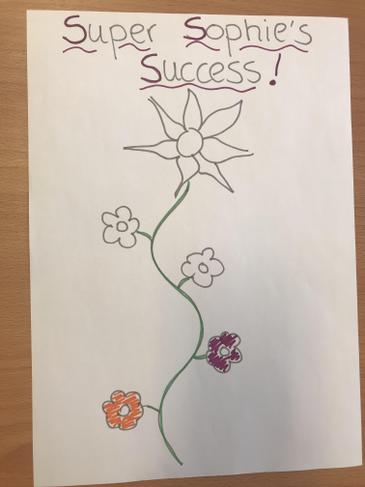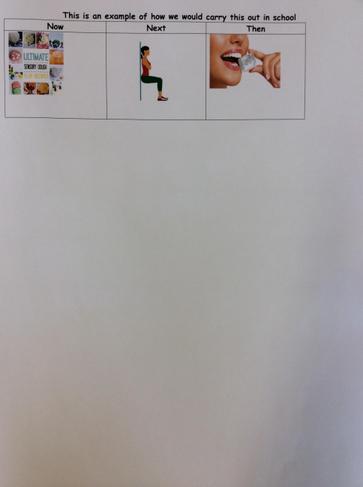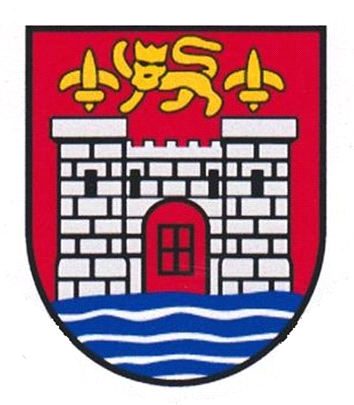SEN Support at home
This section provides ideas, information and resources to support children with additional needs or specific learning difficulties, at home or school. (We will be adding more, so please keep checking back.)
At St Mary's, we are fortunate to have regular guidance from outside services and professionals to support a variety of different needs and learning styles. It is useful to use similar aids at home and school, especially to support home learning. Below are a few ideas to try to support routines and expectations. Often, these work best if they are used consistently and when children's engagement is praised. These can be useful to use for any children, however each child is unique, so adaptions may be needed with trial stages.
Timetables

Post-it notes can be peeled off

Tasks can be ripped off when completed
Just like adults, children like to know what events will be happening each day. At school, teachers have the daily timetable visible in the classroom so the pupils can see what is coming up that day and in what order. This gives them time to process the expectations and ask any questions about it. This can give reassurance and ease any anxieties they may have. Sometimes the unknown can feel quite daunting for children and they may not be able to focus on learning when feeling this way. Timetables also support their understanding of time, and time management to develop independent skills. It is great to use timetables where each task can be removed, ticked off or crossed out to enhance their 'done' or 'finished' experience. Children are likely to feel a sense of achievement by doing this.
(video due to be uploaded in video centre)
Now and Next

Use when timetables are too much to process/manage
This visual resource can be used to break down tasks further, when timetables are too much to follow and process at one time. Children will only need to focus on what is happening now and what is happening next. This is useful when children are particularly reluctant to carry out a task. They can feel reassured that it will end, and will move on to the next task shortly. This can be an activity of their choice as an extra incentive. It is important to stick with the intended now task and be consistent with using this resource to encourage children to follow expectations. Time for each task can be specified but doesn't have to be.
(Video due to be uploaded - file too large)
Reward Charts

Quick and easy charts - colour in to reach goal

Quick and easy charts - colour in to reach goal
Reward charts are used to encourage children to feel more motivated about their learning and their achievements. Each success can be marked on these to show steps to achieving a goal or target. Children generally love to see their success measured visually. Each step could take a day to achieve or as little time as 5 minutes depending on your child, their age and their needs. The reward chart can be drawn using their interests. The reward part does not need to be in the form of a prize but could be 5 minutes extra on the trampoline, a phone call to a friend or relative to say they have achieved their target, or simply lots of specific praise.
Social Stories
Social stories are used to explain social situations to children using appropriate language and level of detail. This may be to explain a routine or a change, or to explain what may happen during an activity or at a new place. Social stories prepare children for upcoming events and ease anxieties they may have. Sometimes they can also be used to explain why something is the way it is when children find it difficult to accept or understand it. For example: why it is important to wear a coat when it is raining or cold.
We can help you to write social stories for lots of different things and also have some generic ones already prepared for common social situations.
Sensory Activities



Useful Links
Ascape – a support group for autistic and socially anxious young people aged 0-25.
CDC – Council For Disabled Children
Special Needs Jungle – a website that includes parent-led information, resources and informed opinion about children and young people with SEN, Special Needs, Disability, Health Conditions and Rare Diseases.

